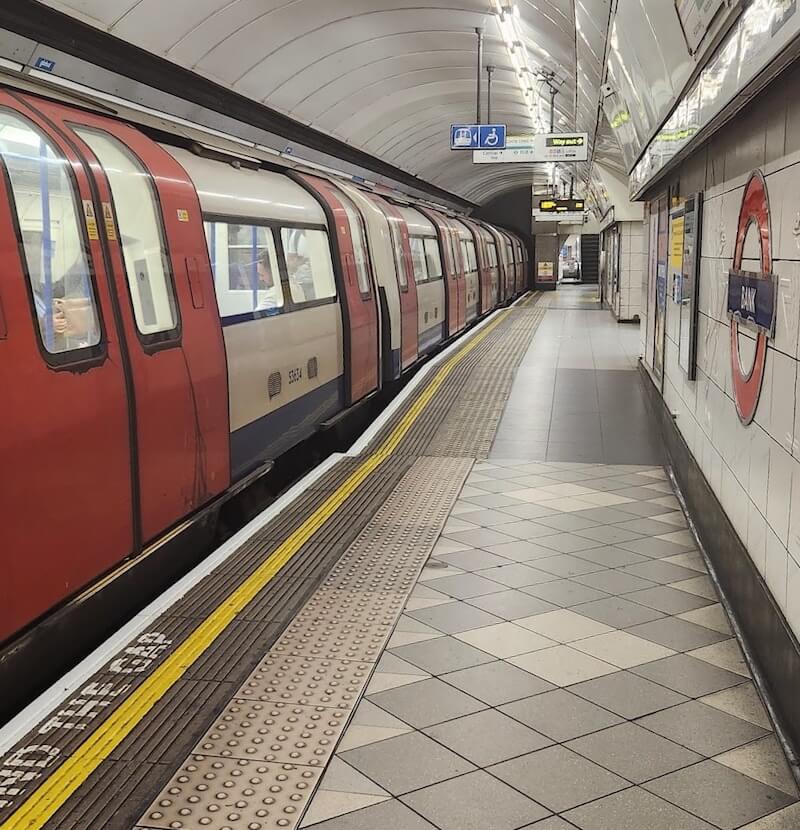Accessible London: A Guide for Travelers with Disabilities
Introduction to London's Accessibility
London is a city of contrasts, blending historic architecture with modern innovations, and offering a vast array of experiences to its visitors. For travelers with disabilities, navigating such a sprawling metropolis can seem daunting. However, London has made significant progress in becoming more inclusive and accessible. From step-free access in public transport to disability-friendly accommodations and attractions, London is committed to providing a welcoming environment for all. This guide aims to help travelers with disabilities make the most of their visit by highlighting accessible attractions, accommodations, transport options, and support services.
Accessible Tourist Attractions in London
London boasts numerous tourist attractions that have invested in making their spaces accessible to everyone. The British Museum, for instance, offers accessible entrances, lifts, and wheelchair-friendly routes throughout the building. Similarly, the Tate Modern provides wheelchair access, audio guides, and visual resources for the visually impaired, ensuring an inclusive experience for all visitors. The Tower of London has also made adjustments to accommodate those with mobility issues, including ramps and stair-free routes. In addition to these well-known sites, many of London's parks, such as Hyde Park and Regent's Park, feature accessible paths and rest areas, allowing visitors to enjoy the city's natural beauty without barriers.
Navigating London's Public Transport
Getting around London is essential for any traveler, and the city’s public transport system is increasingly accessible for those with disabilities. The London Underground, or "the Tube," has over 70 stations with step-free access, enabling wheelchair users to travel more freely across the city. Additionally, all London buses are designed to be wheelchair-friendly, with low floors and designated spaces for wheelchairs and mobility scooters. London's famous black cabs are also accessible, featuring ramps for easy boarding. For those who prefer private transport, ride-hailing services like Uber offer options for wheelchair-accessible vehicles. By planning ahead and using resources like the Transport for London (TfL) website, travelers can navigate the city with greater ease and confidence.
Accommodation for Travelers with Disabilities
London offers a wide variety of accommodations that cater to travelers with disabilities, ranging from budget options to luxury hotels. Many hotels have implemented accessibility features such as wheelchair ramps, elevators, and specially designed rooms with wider doorways, lower beds, and roll-in showers. Luxury hotels often provide additional services like in-room hoists and personal assistants to ensure a comfortable stay. It's always recommended to contact the hotel directly before booking to confirm their accessibility features and to discuss any specific needs. Additionally, platforms like Airbnb and Booking.com allow users to filter searches based on accessibility features, making it easier to find suitable accommodations.
Community Support and Initiatives
Beyond physical accessibility, London is home to a vibrant community that supports travelers with disabilities. Organizations like Visit London and AccessAble provide valuable information and resources for disabled travelers, including detailed guides on accessible venues and services. There are also several local initiatives aimed at improving accessibility, such as volunteer groups that offer guided tours specifically designed for individuals with disabilities. These tours often include specially trained guides who are knowledgeable about accessibility needs and can provide tailored experiences. The continued efforts by both the public and private sectors reflect a broader commitment to making London an inclusive city for all.
The Importance of Awareness and Advocacy
Despite the significant improvements in accessibility, challenges still exist, and ongoing awareness and advocacy are vital to further progress. Recent issues, such as the Atos scandal, have brought to light the difficulties faced by disabled individuals in accessing fair and comprehensive assessments for disability benefits. These controversies highlight the importance of continued vigilance and advocacy to ensure that the rights and needs of disabled individuals are respected and met. By raising awareness and supporting advocacy efforts, travelers and residents alike can contribute to creating a more inclusive London.
Conclusion
London is a dynamic city that offers a wealth of experiences for all travelers, including those with disabilities. With a range of accessible attractions, transportation options, and accommodations, it is possible to enjoy the city's rich cultural heritage and vibrant modern life without barriers. However, it is also important to recognize the ongoing efforts and challenges in improving accessibility. By staying informed and supporting initiatives that promote inclusivity, every traveler can help make London a city that truly welcomes everyone.
Website: Accessible London: A Guide for Travelers with Disabilities
